Are you looking for the easiest way to set up a Blast RPC node? If so, you’re precisely where you need to be. In this guide, we’ll introduce you to Moralis, the industry’s #1 node provider. With our user-friendly point-and-click interface, you can now set up Blast RPC nodes for free without breaking a sweat. Are you eager to learn how this works? Check out the brief breakdown of the process here:
- Step 1: Sign up with Moralis.
- Step 2: Log in to the Moralis admin panel, navigate to the “Nodes” tab, and click “+ Create Node”:
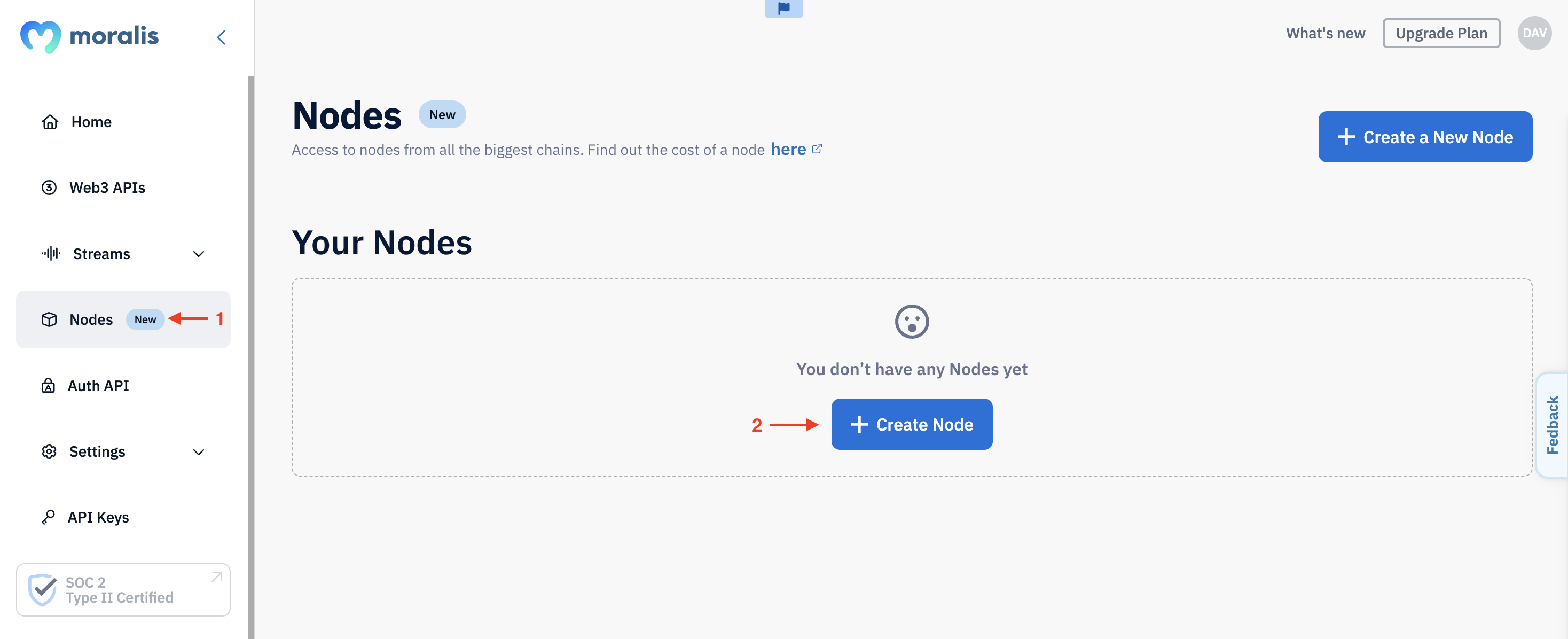
- Step 3: Select “Blast”, followed by “Mainnet”, and hit the “Create Node” button:
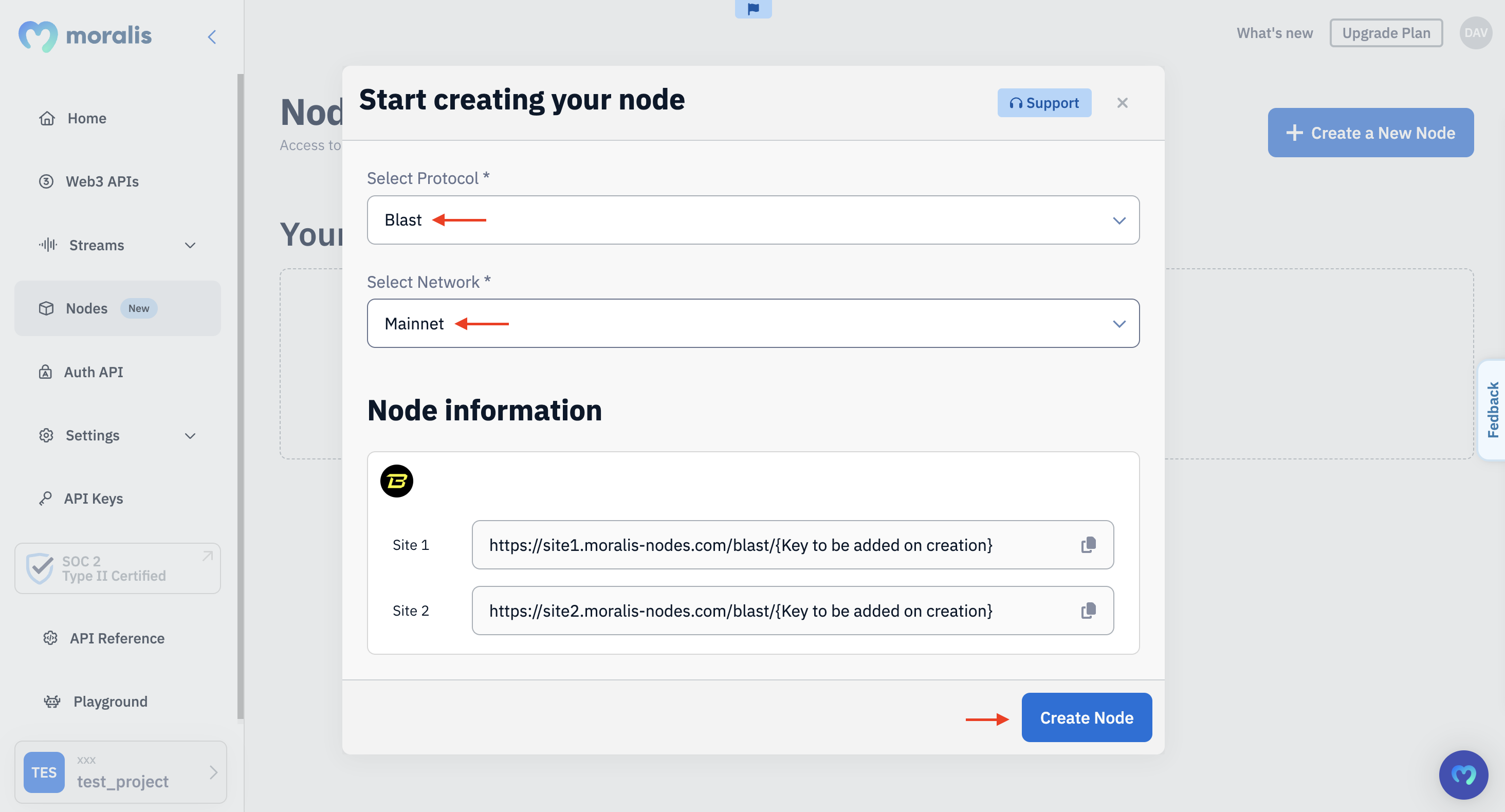
By following the steps above, you’ll receive two URLs for your Blast RPC nodes:
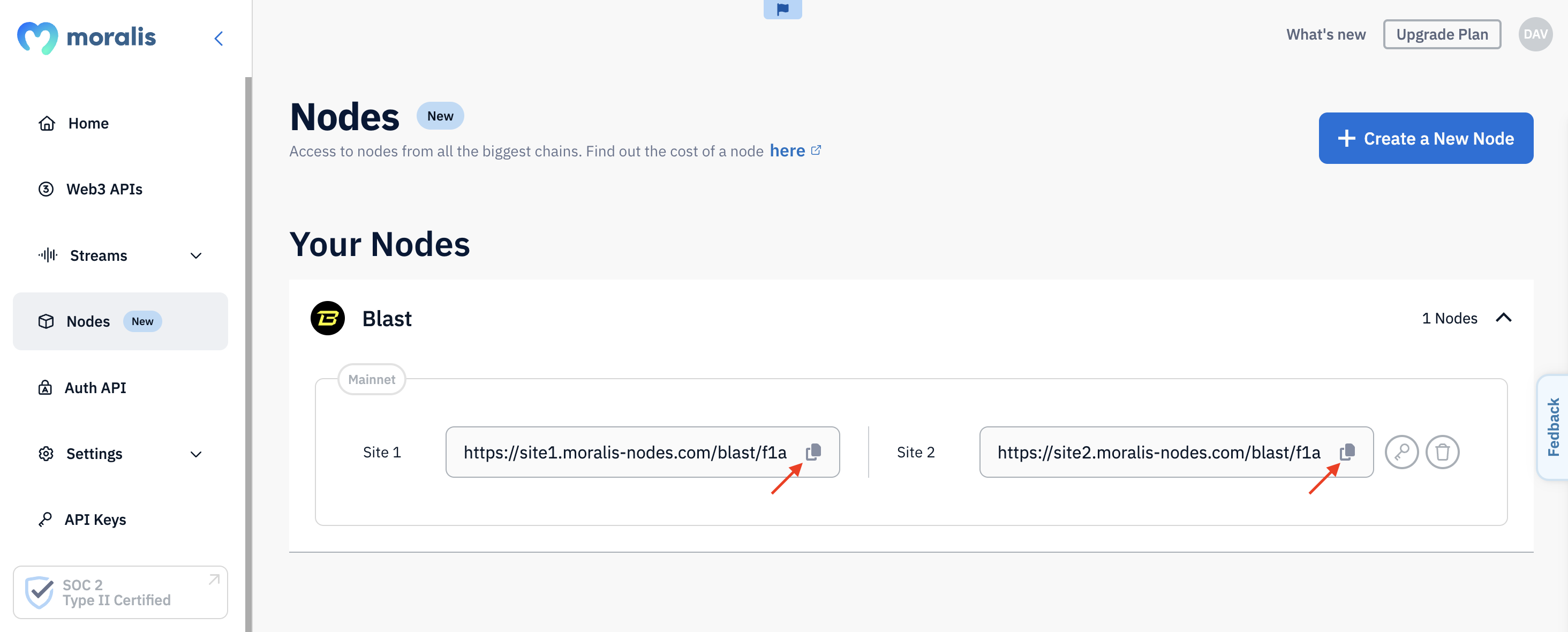
That’s it! When using Moralis as your provider, it doesn’t have to be more challenging than this to set up Blast nodes. However, for a more in-depth tutorial, join us in this guide as we break down each step in further detail.
Ready to set up a Blast node? Don’t forget to sign up with Moralis. You can register a Moralis account for free and gain instantaneous access to our node service and other premier development tools!
Overview
Setting up Blast RPC nodes on your own requires a robust infrastructure with significant computational power, ample storage capacity, substantial bandwidth, and more. Consequently, running a Blast RPC node can be both costly and time-consuming. Fortunately, you can now bypass these challenges by opting for a reliable node provider like Moralis!

At Moralis, we take care of all the underlying complexities, allowing you to set up a Blast RPC node without breaking a sweat. In fact, with our intuitive user interface, you can set up RPC nodes for 30+ chains at the click of a button. Want to learn more about how this works? Join us in this guide as we introduce you to Moralis’ node service. Let’s dive straight in!
What is Blast?
Blast is an EVM-compatible layer-2 (L2) scaling solution for the Ethereum blockchain that offers native yield for Ether (ETH) and stablecoins. The network leverages optimistic roll-up technology to tackle the scalability issues of Ethereum by increasing transaction throughput and providing lower gas fees.

But what makes Blast unique?
- Auto Rebasing: Blast is designed to natively rebase ETH on the network, allowing users to seamlessly transact and build dapps around the cryptocurrency.
- Layer-1 Staking: Yield from L1 staking, initially Lido, is autonomously transferred to users via rebasing ETH on the Blast network. This wasn’t possible until Ethereum’s Shanghai update, which was deployed in 2023.
- T-Bill Yield: Users who bridge stablecoins receive USDB, which is Blast’s auto-rebasing stablecoin. The yield from this token comes from MakerDAO’s on-chain T-Bill protocol. And USDB can be redeemed for DAI when it’s bridged back from Blast to Ethereum.
- Low Risk: By integrating native yield mechanisms, Blast minimizes the risk of asset depreciation. This ensures that users’ assets grow rather than diminish over time.
With this overview of what Blast is, let’s now explore some benefits of building on the network!
Benefits of Building on Blast
There are multiple benefits to building dapps on Blast, and below, we’ll explore four prominent examples:
- Scalable: Blast leverages optimistic roll-up technology to bundle many transactions off-chain, submitting them to the Ethereum mainnet in bulk. Through this method, Blast is able to improve transaction throughput, significantly reducing network congestion.
- Cost-Efficient: Since Blast reduces the load on the Ethereum mainnet, transaction fees are reduced. This makes dapp usage more affordable, which, in turn, can attract a wider user base.
- Secure: As an L2 scaling solution, Blast inherits security from the underlying Ethereum network. In return, this means that Ethereum’s solid infrastructure protects funds and transactions.
- Developer-Friendly: With Blast’s EVM compatibility, it’s possible to build dapps with familiar tools like MetaMask and standard programming languages like Solidity. This provides a more seamless onboarding process for existing Ethereum developers.
What are Blast RPC Nodes?
Blast RPC nodes are computers and other devices that maintain the network’s functionality, security, and integrity. They achieve this by validating transactions, storing data, participating in consensus mechanisms, and much more. The Blast network consists of numerous such nodes working together to ensure efficient network operations.

But what are some common use cases for Blast RPC nodes?
Blast RPC nodes serve several critical functions within blockchain networks. One primary use is transaction validation, which is fundamental for maintaining the integrity and security of any blockchain. Additionally, certain nodes, like archive nodes, store a comprehensive record of all transaction and smart contract data on the chain, which is essential for verifying network activity.
Another significant use of Blast RPC nodes is in Web3 development. These nodes enable developers and dapps to interact with the Base network, facilitating both the reading and writing of blockchain data. And as you can imagine, this is quite important for dapp development.
That gives you an overview of what Blast RPC nodes are. In the following section, we’ll show you how to set up a Blast node using Moralis, the industry’s leading node provider!
Introducing Moralis – The Easiest Way to Set Up Blast RPC Nodes
Moralis stands out as the industry’s leading node provider. With our intuitive user interface, it’s possible to run nodes for 30+ chains at the click of a button. As such, when leveraging Moralis, you can set up Blast RPC nodes without breaking a sweat!
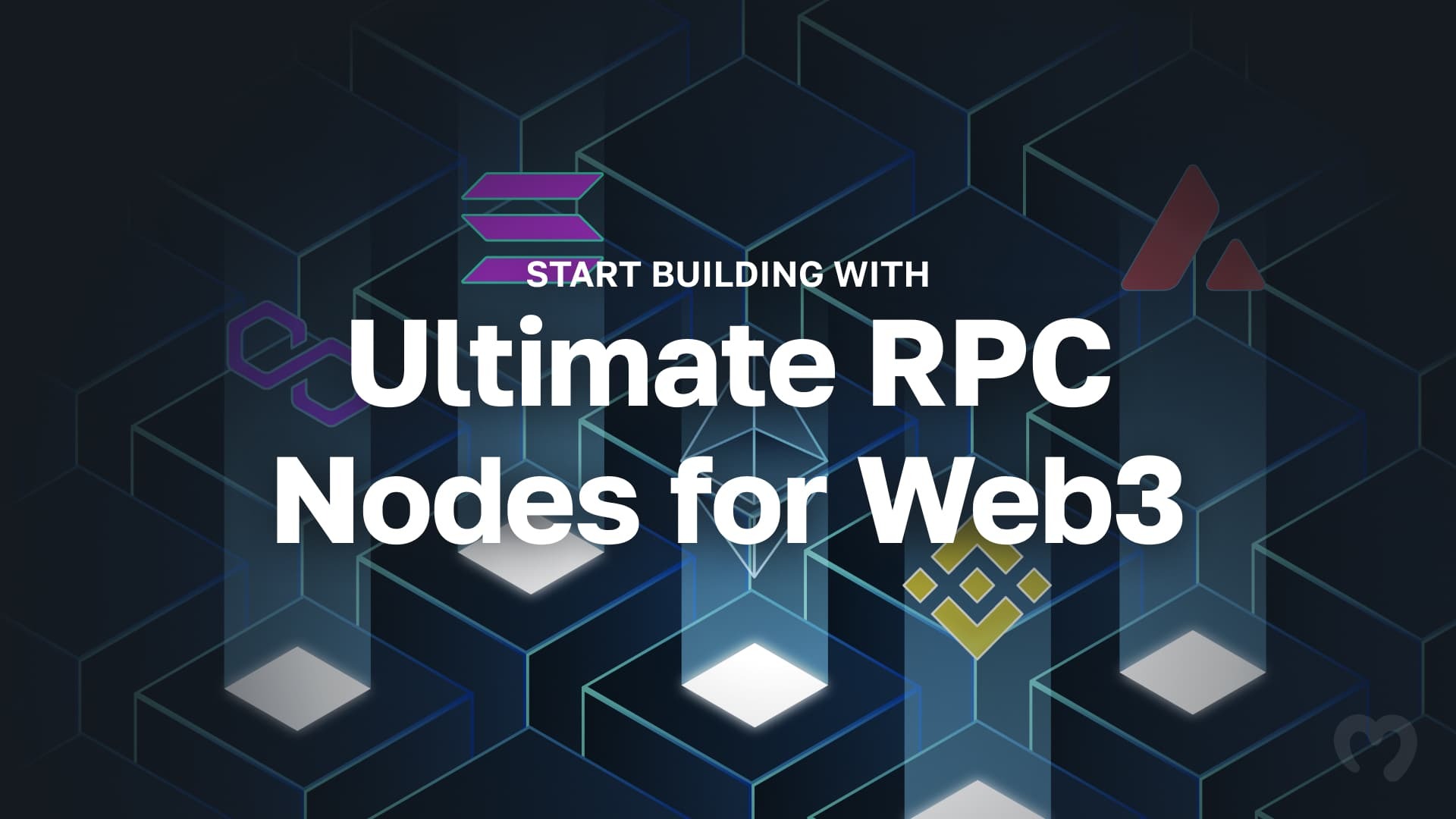
But what makes our nodes the best in the business?
- Reliability: Moralis’ nodes are engineered to meet the highest reliability standards, ensuring 99.9% uptime.
- Speed: With Moralis’ nodes, you get to experience lightning-fast response times as low as 70 milliseconds, delivering the data you need instantly.
- Security: As the only SOC 2 Type 2 certified infrastructure provider in Web3, Moralis offers unmatched data security.
- Scalability: Designed to grow with your projects, Moralis’ nodes will seamlessly handle increased traffic as your dapp gains traction.
That gives you an overview of our premier node service. In the next section, we’ll show you how to set up a Blast RPC node in three straightforward steps!
3-Step Tutorial: How to Run Blast RPC Nodes
Setting up a Blast RPC node with Moralis is easy and can be done in three simple steps:
- Sign Up with Moralis
- Set Up a Blast Node
- Integrate Your Blast Node
Now, let’s dive into the first step and get started!
Step 1: Sign Up with Moralis
To set up Blast RPC nodes, you’ll first need a Moralis account. As such, if you don’t have one yet, click the “Start for Free” button at the top right of the Moralis website and follow the registration instructions:
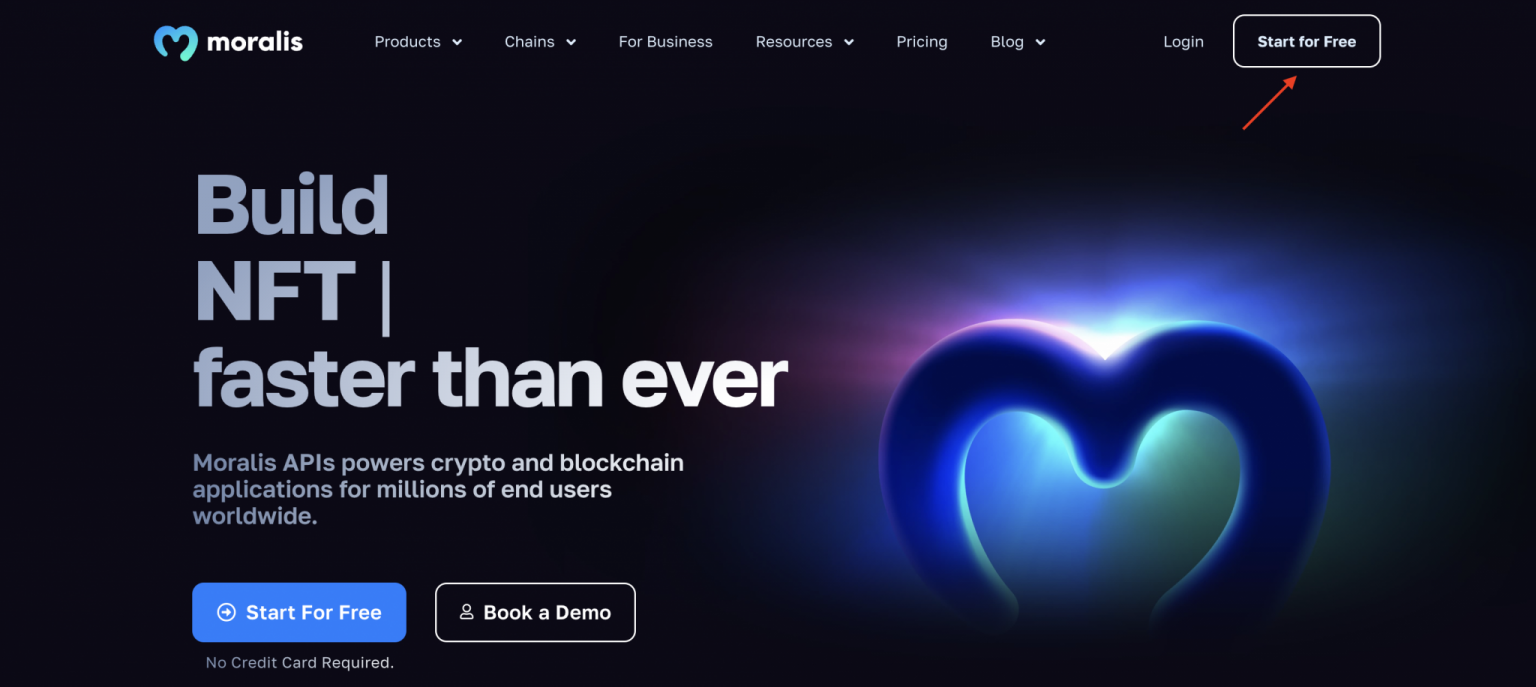
Step 2: Set Up a Blast Node
With an account at hand, login, go to the “Nodes” tab, and initiate the setup process by clicking the “+ Create Node” button:
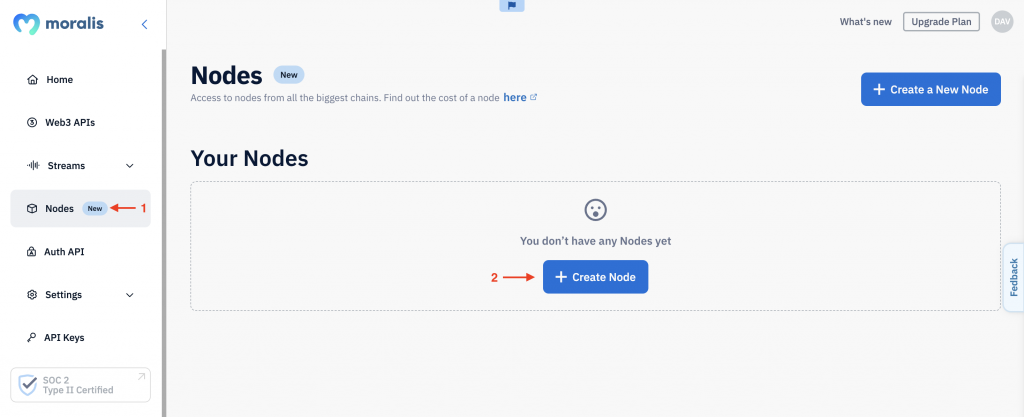
Configure your node by selecting “Blast” followed by “Mainnet”:
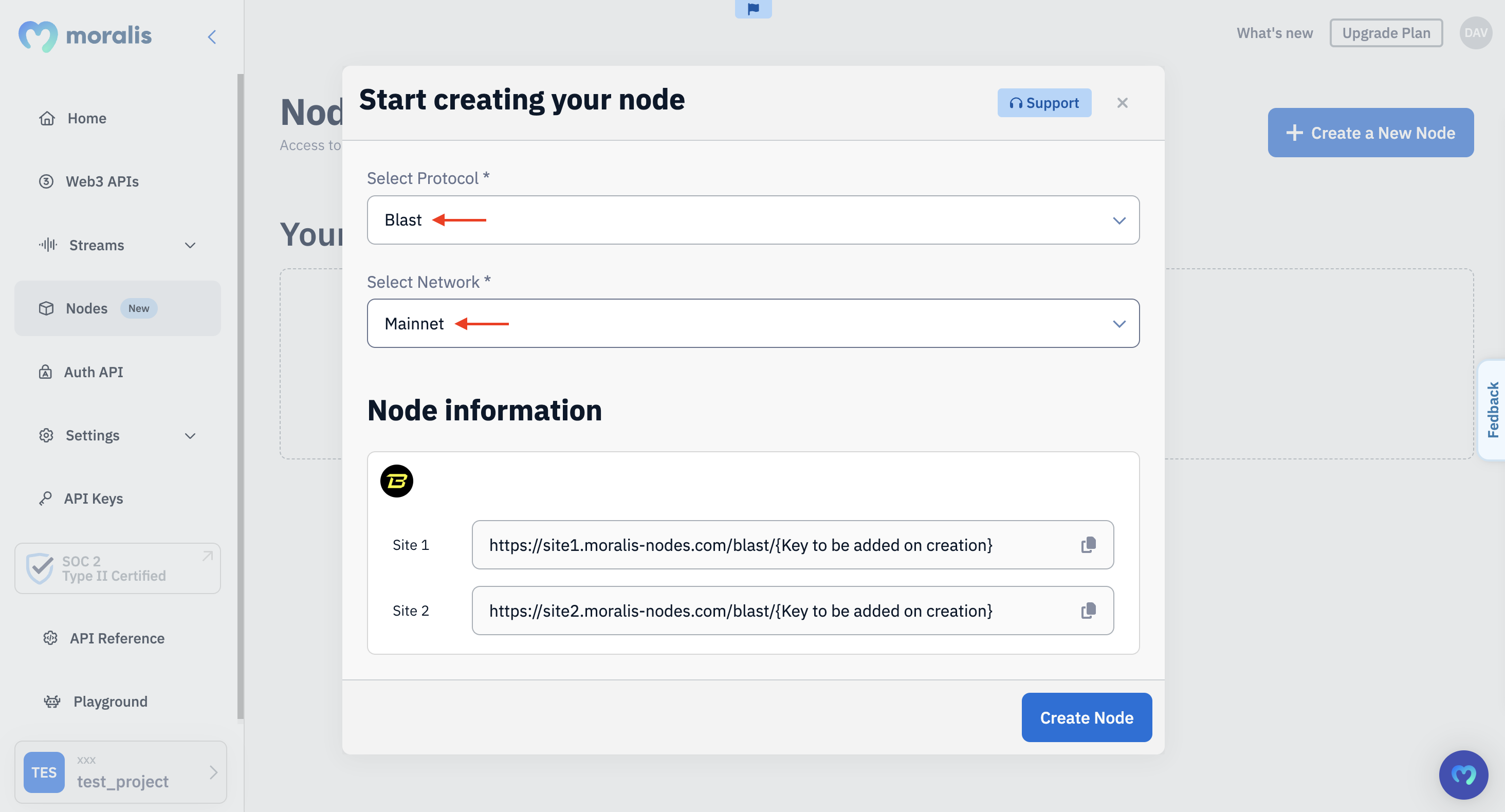
Click the “Create Node” button:

Step 3: Integrate Your Blast Node
After clicking the “Create Node” button, you will receive two URLs for your Blast nodes. Simply copy and integrate one of these URLs into your dapp to interact with the Blast network:

That’s it! Setting up Blast RPC nodes is easy with Moralis!
How to Call Blast RPC Nodes
Now that you know how to run a Blast RPC node with Moralis, we’ll show you how to call it using Ethers.js. More specifically, we’re going to show you how to fetch the native balance of any Blast wallet!
Before you get started, make sure you have the following ready:
- Node.js v14+
- npm/yarn
From here, you can follow the steps below to call your Blast RPC nodes:
- Step 1: Launch your integrated development environment (IDE), set up a folder, open the terminal, and initialize a new project with the following command:
npm init
- Step 2: Install Ethers.js with the terminal command below:
npm install ethers
- Step 3: Add
“type”: “module”to your “package.json” file:
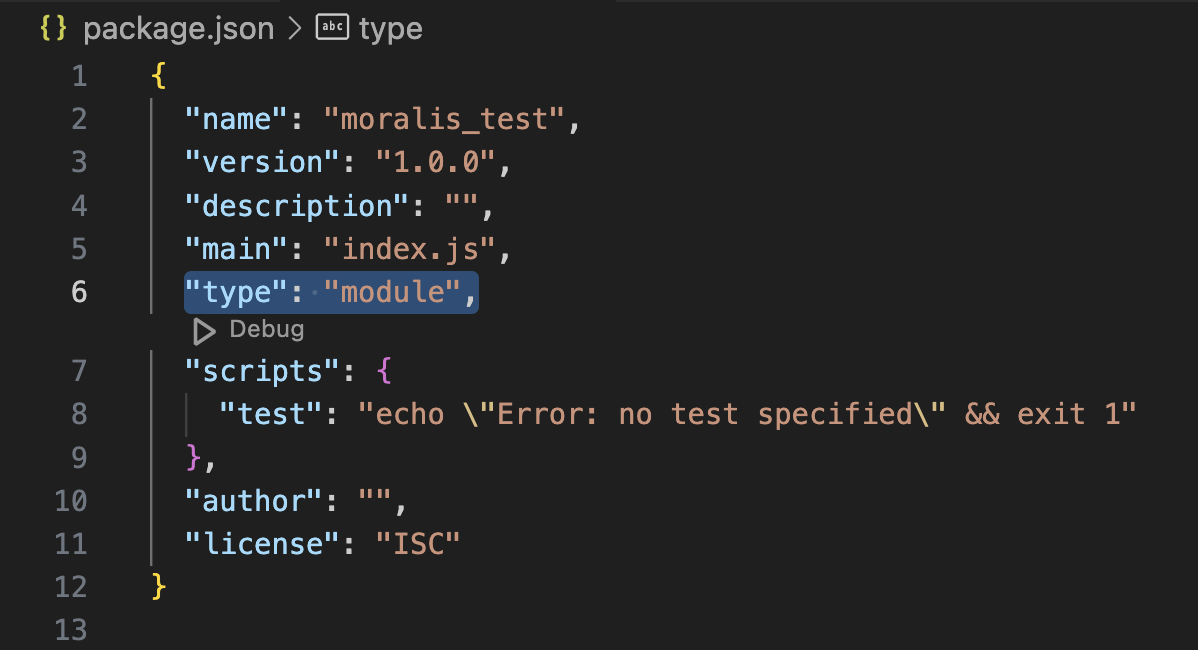
- Step 4: Create a new “index.js” file and add the following code:
import { ethers } from "ethers";
const provider = new ethers.providers.JsonRpcProvider("YOUR_NODE_URL");
const address = "0x442b7936b3a97f15bb88640d04bb44fae7da9fb3";
const balance = await provider.getBalance(address);
console.log("Balance: ", ethers.utils.formatEther(balance));
Swap YOUR_NODE_URL for your Blast RPC node URL and configure the address parameter to fit your query:

- Step 5: Run the code with the following terminal command:
node index.js
After executing the command above, you’ll receive the native balance of the specified wallet. This is what it should look like in your terminal:
Balance: 0.01004
Congratulations! You now know how to make RPC calls to your Blast nodes!
For a more in-depth tutorial with other examples of the types of data you can fetch with your Blast RPC nodes, please watch the Moralis YouTube video below:
Drawbacks of Nodes
While nodes are a big part of Web3 development, they aren’t always the best option, especially when querying on-chain data. But why is that? To answer this question, let’s explore three drawbacks of nodes:
- Chain-Specific: Nodes are chain-specific, meaning they’re tied to a certain blockchain network. This requires setting up and maintaining a node for each blockchain you plan to interact with.
- Complex to Query: Nodes are complex to query. You can’t ask common questions like, “What ERC-20 tokens is wallet X holding?” To get such information, you must first make multiple requests and then compile the data yourself.
- Raw Data: When you query a node, you receive raw blockchain data. Before it becomes usable, it needs to be processed, which typically includes decoding, interpreting, and formatting the information. This can be both time-consuming and costly.

But there has to be a better way, right?
When it comes to fetching on-chain data, you’re much better off using a Web3 API provider like Moralis. With our premier APIs, you can now query decoded blockchain data with just a few lines of code. Want to learn more about this? Join us in the next section as we dive a bit deeper into Moralis!
Beyond Blast RPC Nodes – Exploring Moralis’ Web3 APIs
Moralis is Web3’s leading API provider, giving you 10+ interfaces specialized for various use cases. Some prominent examples include the Token API, Streams API, Wallet API, and many more. With these APIs, you can seamlessly fetch decoded data without breaking a sweat. As such, whether you’re building a cryptocurrency wallet, portfolio tracker, decentralized exchange (DEX), or other platforms, we have got your data needs covered!

Here are a few benefits of leveraging Moralis’ Web3 APIs:
- Comprehensive: Our APIs are specially designed with the outcome in mind, giving you more data with fewer API calls. This allows you to build your Web3 projects faster and more efficiently.
- Cross-Chain: Don’t bother with a new provider for each chain you’re looking to interact with. Use Moralis’ truly cross-chain compatible APIs and build dapps across all major chains with one unified toolkit.
- Trusted: 100,000+ developers and large enterprises, including MetaMask, Opera, Blockchain.com, and more, already trust and use Moralis as their data provider.
If you’d like to dive into our suite of premier development tools, please visit the official Web3 API page for more information!
Summary: How to Set Up a Blast RPC Node for Free
Setting up a Blast RPC node from scratch can be quite tedious without the proper resources. Doing so typically requires a complex infrastructure with substantial computational power, storage capacity, and bandwidth. However, you can bypass these challenges by using a Web3 node provider like Moralis.

At Moralis, we simplify running blockchain nodes by managing all the underlying complexities for you. In return, you can leverage our intuitive user interface to run Blast RPC nodes with just a click of a button.
But what sets our nodes apart from the competition?
- 99.9% Uptime
- Response Times from 70 ms
- SOC 2 Type 2 Certified
If you enjoyed this article on Blast RPC nodes, explore more of our content on the blog. For example, you might find our guides on other blockchain nodes useful:
To set up your own Blast RPC nodes, don’t forget to register for a free account with Moralis. Doing so will give you immediate access to our node service and premier Web3 APIs!
